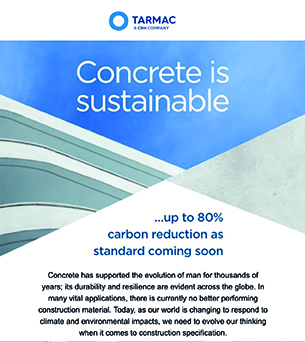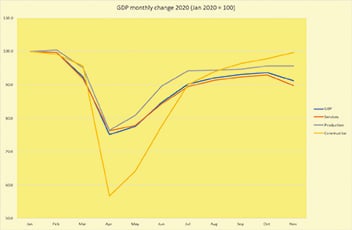With the transition out of the European Union completed, 2021 has started with a bang as two of stone’s most significant British Standards are revised – and, it is generally agreed, improved – and the government has announced the creation of a new Construction Products Regulator to oversee the quality of materials being used in construction.
The restrictions of tiers and the latest lockdown have had minimal impact on construction, with most companies continuing to work even before the open letter from Kwasi Kwarteng, the new Secretary of State for Business, Energy & lndustrial Strategy, on 11 January told construction to carry on working.
The 11th hour trade deal with Europe as the Brexit transition period came to an end with 2020 put a lot of minds at rest, although some stone importers have complained that the increased paperwork involved in buying from abroad has exacerbated problems already being experienced due to congestion at the docks, a reluctance of lorry drivers to come in and out of the UK, and a shortage of containers and available ships for bringing stone into the UK.
“We’re struggling to get goods across the water,” one major stone importer told NSS in January. “We’ve had more problem with Brexit than with Covid.”
Many parts of construction have complained of a shortage of building materials, some blaming suppliers for having cut back too far in response to the lockdown last spring.
And while other countries might not be dealing with Brexit, the whole world is coping with the Covid-19 pandemic and it has disrupted supplies of stone from India in particular – and India is the largest single supplier of dimensional stone to the UK.
In spite of the difficulties, by the end of November construction had regained almost all the losses it had seen in the spring, according to figures from the Office for National Statistics. Imports of stone to November last year were 9% down on the same 11 months of 2019, according to figures from HM Revenue & Customs (HMRC).
The January Construction Products Association’s Construction Industry Scenarios has a ‘W’-shaped economic recession and recovery as its main assumption, with a prediction that construction output will rise 14% in 2021 and a further 4.9% in 2022.
And there is a growing emphasis on environmental issues and putting quality above price and fast-tracked programmes (at government level, at least. It remains to be seen how this translates into action on-site, in spite of encouraging noises from the boardrooms of main contractors).
The proposed formation of a Construction Products Regulator, followed by a target to have all new houses built ‘zero carbon ready’ by 2025 indicates the government’s intentions – intentions that the cement and concrete makers clearly take seriously as they have stepped up their campaigns to emphasise how they are working towards reducing the carbon footprint of the products they make – products that currently account for nearly 10% of the greenhouse gasses mankind adds to the atmosphere each year.
The revisions to standards for the use of stone come from BS 8298 and BS 7533 for paving. Both are considered among the most important standards for the design and use of stone and both have been simplified into fewer parts that are easier to understand and have better and clearer illustrations and calculations.
They should each make it easier for architects and designers to be imaginative without compromising the integrity of construction using natural stone.


